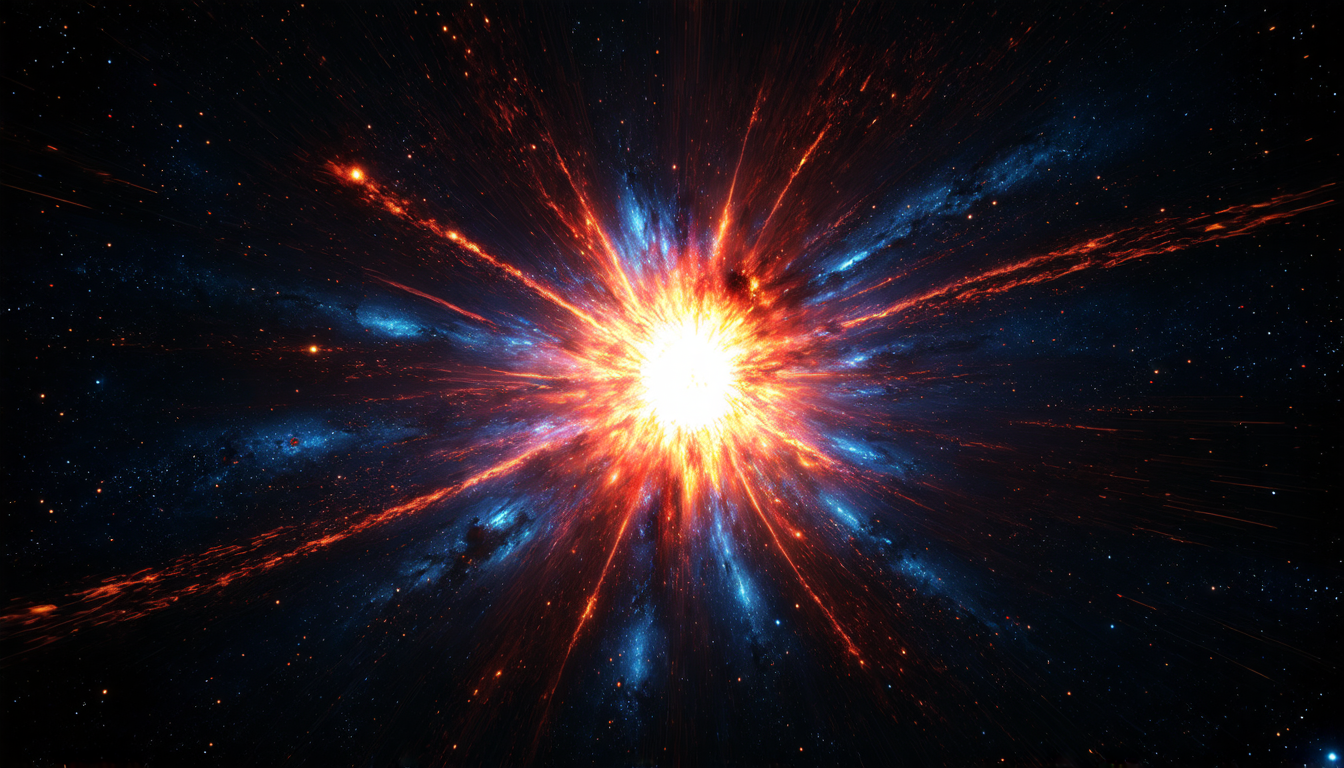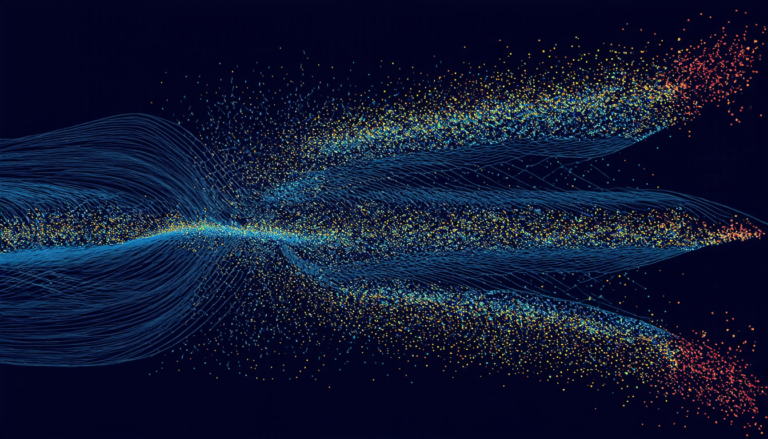Friday 07 March 2025
A new approach to detecting sub-GeV dark matter has emerged, and it’s all about harnessing the power of supernovae neutrinos. This innovative method, proposed by a team of physicists, could potentially enhance our ability to detect these elusive particles, which are thought to make up around 27% of the universe.
Dark matter is an enigmatic substance that doesn’t interact with light, making it difficult to spot directly. However, scientists have been exploring various indirect detection methods, including those involving high-energy cosmic rays and supernovae neutrinos. The latter, in particular, holds promise due to its vast abundance and ability to penetrate the Earth’s atmosphere.
Supernovae neutrinos are produced when massive stars collapse under their own gravity, releasing an enormous amount of energy in the form of neutrinos. These particles interact with dark matter particles, boosting their kinetic energy and allowing them to be detected by specialized instruments. The challenge lies in developing a detector capable of capturing these interactions.
Enter the collective excitation method, which utilizes semiconductor detectors with skipper-CCDs (charge-coupled devices). These detectors are designed to detect plasmon excitations induced by dark matter particles interacting with the material. Plasmons are quanta of plasma oscillations, and when a dark matter particle collides with an electron in the detector, it can excite these oscillations.
The team’s calculations suggest that this method could provide significant improvements in detecting sub-GeV dark matter particles, which are notoriously difficult to spot. The collective excitation signal is expected to be more pronounced than traditional methods, allowing for enhanced sensitivity and potentially revealing new insights into dark matter properties.
Moreover, the use of supernovae neutrinos offers several advantages over other indirect detection methods. For one, these neutrinos are abundant and can travel vast distances without being affected by intervening matter or radiation. This makes them ideal probes for exploring dark matter distribution within galaxies and galaxy clusters.
The collective excitation method is still in its theoretical stages, but it has the potential to revolutionize our understanding of dark matter. If successful, it could lead to new experimental setups and a deeper understanding of these mysterious particles.
As scientists continue to refine this approach, they may uncover new avenues for exploring the mysteries of dark matter. The prospect of harnessing supernovae neutrinos to detect sub-GeV dark matter is an exciting one, offering a fresh perspective on the long-standing problem of dark matter detection.
Cite this article: “Unveiling Dark Matter with Supernova Neutrinos”, The Science Archive, 2025.
Dark Matter, Supernovae Neutrinos, Collective Excitation Method, Skipper-Ccds, Semiconductor Detectors, Plasmon Excitations, Sub-Gev Dark Matter, Dark Matter Detection, Indirect Detection, Particle Physics







